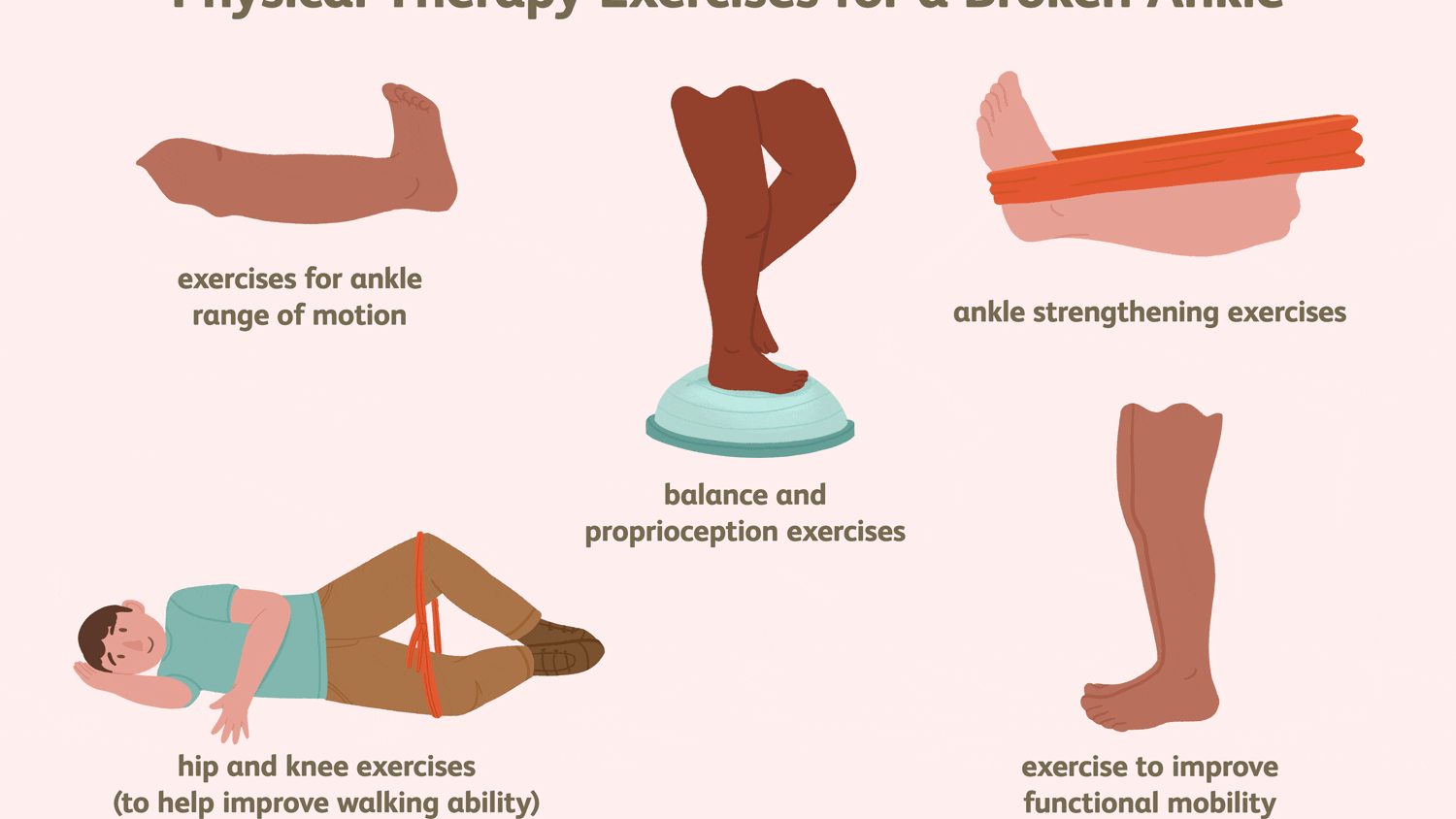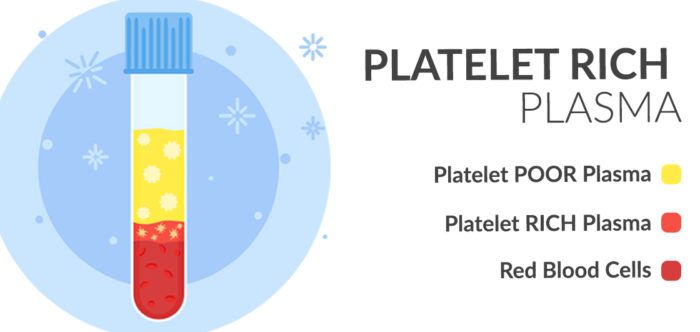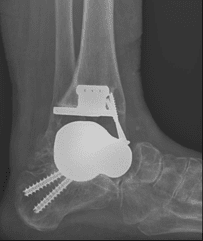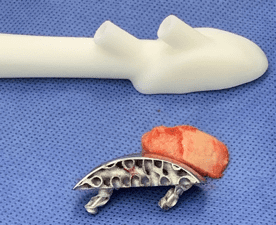Platelet Rich Plasma Injections (PRP)
How does platelet rich plasma work?
Platelet Rich Plasma (PRP) is a safe and effective therapy that uses your own blood to treat chronic pain caused by arthritis. When our body reacts to illness and injury, platelets are first to arrive on site. They are packed with a large number of healing proteins and growth factors to initiate the body’s repair process. They also recruit critical stem cells to stimulate tissue regeneration. Using this natural mechanism, PRP strengthens the body’s healing response to reduce pain, improve joint mobility, and slow the progression of arthritis.
What should I expect on the day of the procedure?
PRP is derived from a small sample of your own blood. We will place the sample into a centrifuge that will spin the blood at high speeds to isolate the platelets and plasma from other components in your blood. Once the centrifuge process is complete, we will prepare the potent concentration of platelets as a solution for injection at the injury site. Dr. Cottom and Dr. McAlister will use an ultrasound machine to visualize all the necessary structures to precisely inject the activated platelet solution into the affected joint.
How should I prepare for platelet rich plasma injection?
Prior to your PRP therapy session, Dr. Cottom and Dr. McAlister will review your complete medical history and have a detailed discussion on how to prepare for your injection. However, it is helpful to remember that there are few things to take into consideration before your session:
- Discontinue anti-inflammatory medication (e.g. Aspirin, Motrin, Advil, Ibuprofen, Aleve, Naprosyn, Naproxen, Voltaren, Diclofenac, Meloxicam, Mobic, Celebrex) for 7 days prior to the procedure
- Consult with your prescribing physician to discuss a plan to discontinue blood thinners (e.g. Plavix, Xarelto, Eliquis) prior to the procedure
- Consult with your prescribing physician to discuss a plan to discontinue corticosteroid medications or steroid injections prior to the procedure
What is the recovery process like after PRP?
Your injection site will be sore for the first 1-2 weeks. Some patients may feel severe p
ain post-injection due to activation of the immune system. This is normal and typically improves within 1-2 weeks. Dr. Cottom and Dr. McAlister may prescribe pain medications to help your discomfort.
At home, keep the injection site clean and dry. You may remove the band aid at night. You are able to take a shower, but it is important to not scrub directly over the injection and to gently pat the incisions dry. Refrain from going into the pool or to do long soaks for at least 1 week. Please consult your prescribing physician when restarting your blood thinners and steroid medications.
Dr. Cottom and Dr. McAlister may recommend a specific rehabilitation program that includes activity modification and restrictions. It is important to follow this program to ensure successful outcomes following the procedure. Depending on the severity of your injury, you may require additional PRP injections that will be discussed during your visit.
Are there any side effects?
You may have mild bruising, swelling, and redness at the surgical site for a few days. Although very rare, you should remain be aware if there are any signs of infection. Call us immediately should the following occur:
- If you have a fever greater than 100 degrees Fahrenheit
- If you have any nausea, fever, vomiting, chills
- If you have worsening pain, swelling, redness that does not go away

Ad Space
Book An Apointment
Contact Us
If you have any questions about our services or how we can help, please contact us so we can start working with you on the road to restoring your ankle to it's full potential.





